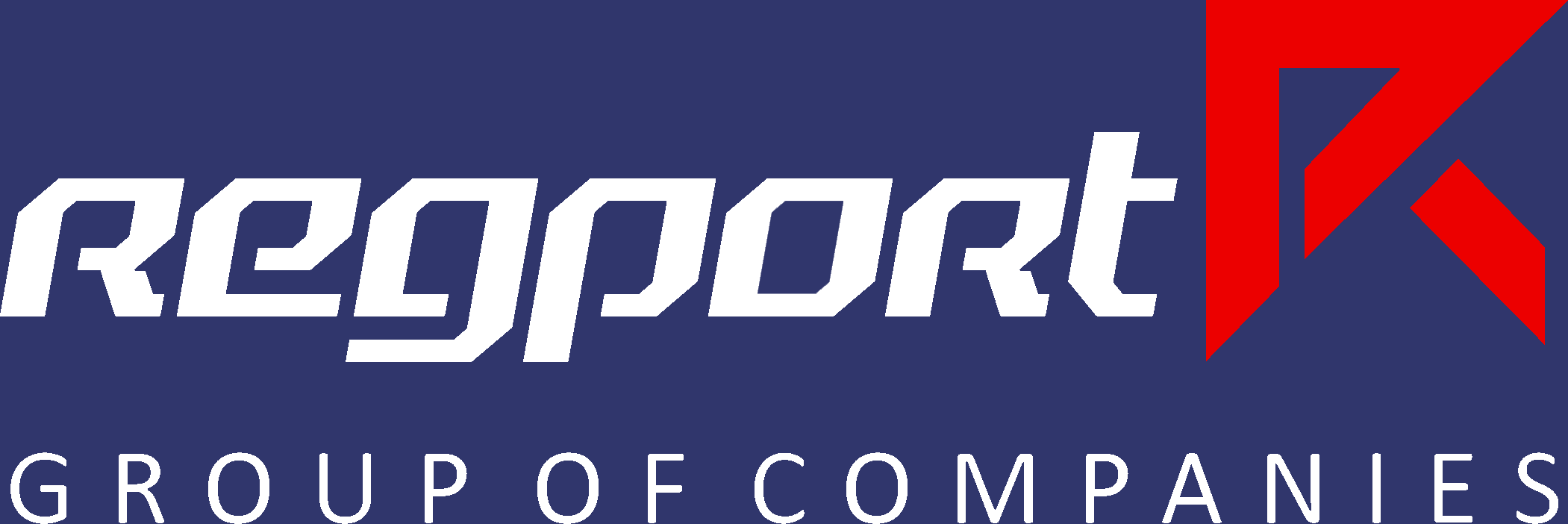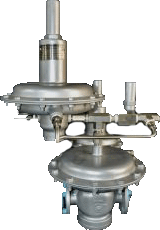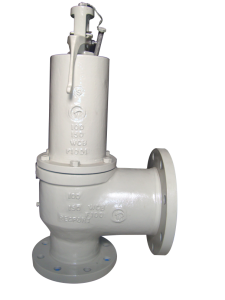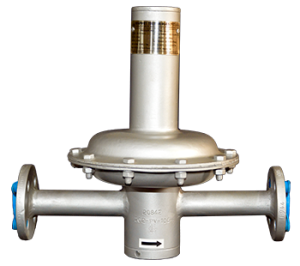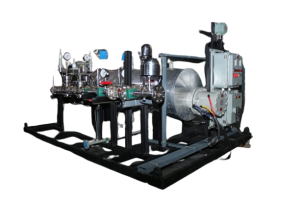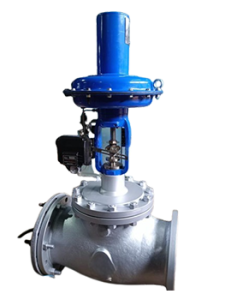In applications involving continuous operation of high-pressure systems, pressure stability and over-pressurization prevention are essential to the safety, operating performance, and equipment lifespan. Safety valves and relief valves are major system pressure management components that relieve excess pressure and guard systems against disastrous failure. Though these valves are used for the same objective, their operating features and functions differ, which makes them necessary in various industrial applications.
This article discusses the role of safety and relief valves in system protection, pressure stability, and operation safety in various industries, discussing their applications, functions, and significance in sustaining pressure management.
Understanding Pressure Management in Industrial Systems
Pressure buildup can result from temperature changes in the fluid, flow rates, or unforeseen obstructions in industrial systems like steam boilers, hydraulic pipelines, and chemical processing facilities. Unchecked pressure can harm equipment, impair safety, and cause system shutdowns.
Pressure control means to keep the working pressure of the system within acceptable limits by operating through multiple controls such as pressure sensors, pumps, and valves. The final safeguard against pressures getting dangerous levels is provided by safety and relief valves that prevent excess pressure being released in any other manner than in a controlled fashion.
Safety valve is a pressure relief device which automatically opens in case system pressure goes beyond a set limit and releases the excessive pressure and helps avoid equipment damage. Safety valves are programmed to react instantaneously and in whole to overpressure situations and therefore are crucial to high-hazard systems where rapid pressure relief must be initiated.
How Does a Safety Valve Function?
Set Pressure Activation:
If system pressure surpasses the set level, the valve opens immediately.
Immediate Pressure Discharge:
The valve rapidly discharges excess fluid or gas, restoring safe operating conditions.
Automatic Resealing:
As soon as the pressure returns to a safe level, the valve reseals to prevent further discharge.
Applications of Safety Valves
Safety valves find extensive applications in industries where sudden pressure rises may result in severe damage or functional failure. Typical applications include:
Steam Boilers: To safeguard boilers from undue steam pressure that might result in explosion.
Chemical Plants: Maintaining safe pressure levels in dangerous chemical processes.
Compressed Air Systems: Protecting air compressors from over-pressurization.
Nuclear Power Plants: Preventing pressure buildup in safety-critical systems.
What is a Relief Valve?
A relief valve is a pressure control device that opens progressively as system pressure rises above a predetermined set point. In contrast to safety valves, which open fully, relief valves modulate their opening to discharge pressure incrementally, providing smoother pressure control.
How Does a Relief Valve Work?
Gradual Opening:
As the system pressure rises, the relief valve opens proportionally.
Controlled Pressure Release:
The valve releases excess fluid or gas gradually, maintaining system stability.
Slow Closure:
Once the pressure returns to a normal range, the valve closes slowly to avoid sudden pressure drops.
Applications of Relief Valves
Relief valves are used in systems where maintaining consistent pressure is critical for smooth operation. Common applications include:
Hydraulic Systems: Anti-over-pressurization of hydraulic circuits.
Pipelines and Pumping Systems: Pipeline pressure regulation and prevention of pump overload.
Cooling Systems: Prevention of pressure variation due to thermal expansion.
Gas Distribution Networks: Maintenance of stable pressure in gas pipelines.
Important Differences Between Safety Valves and Relief Valves
Although both safety valves and relief valves are intended to safeguard systems against excess pressure, there are differences in their design, response to pressure, and applications in which they can be used. The following is a summary of their important differences:
Feature Safety Valve Relief Valve
Response Mechanism Opeins immediately at set pressure. Opens slowly with rising pressure.
Pressure Control Offers immediate, complete pressure relief. Offers controlled, proportional pressure release.
Application Type Excellent for high-pressure, high-risk systems. Good for maintaining steady system pressure.
Closure Mechanism Ocloses quickly upon pressure return to normal. Ocloses slowly in order not to create pressure oscillations.
Primary Usage Emergency overpressure protection. Ongoing pressure regulation.
The Role of Safety and Relief Valves in Pressure Management

Excessive pressure can lead to catastrophic equipment failure, posing a threat to personnel safety and operational stability. Safety and relief valves act as protective barriers by discharging excess pressure before it reaches dangerous levels.
Example:
In a steam boiler system, a safety valve opens immediately to release excess steam, preventing potential explosions and ensuring operational safety.

Relief valves are important for regulating consistent pressure in the system, which promotes smooth operation and avoids pressure spikes that impact system performance.
Example:
Relief valves in hydraulic circuits safeguard against excessive fluid pressure, avoiding damage to delicate components and ensuring the smooth operation of equipment.

Both relief and safety valves guard against damage to sensitive equipment by avoiding pressure surges that can destroy pipelines, pumps, and other essential system components.
Example:
Relief valves in oil and gas pipelines regulate pressure surges due to abrupt changes in flow, avoiding a compromise in system integrity.

Industrial systems are governed by strict safety standards that mandate the use of pressure control devices. Safety and relief valves ensure compliance with these standards by ensuring safe operating conditions and avoiding dangerous pressure levels.
Example:
Safety valves in chemical processing plants ensure compliance with industry standards by avoiding overpressure in chemical reactors.

By avoiding pressure-induced failures and reducing equipment loss, safety and relief valves make a contribution toward less downtime and lower maintenance expense.
Example:
Relief valves in water treatment plants ensure equal pressure, averting equipment malfunction and reducing running time.
Industries that depend on Safety and Relief Valves for pressure control
Safety and relief valves are used in a broad array of industries where pressure control is important. A few of the industries that utilize these valves are:
Power Generation: Preserving steam turbines and boilers from overpressure.
Oil and Gas: Protecting pipeline and storage tank systems.
Pharmaceuticals: Regulating safe pressure levels within chemical reactors.
Food and Beverage: Providing stable pressure in sterilization and pasteurization systems.
Water Treatment Plants: Regulating pressure fluctuations in pump systems.
Factors to Look Out for While Choosing Safety and Relief Valves
Selecting safety and relief valves involves detailed consideration of the following factors:

Identify the maximum operating pressure of the system and make sure that the valve set pressure conforms to the safety parameters of the system.

Look at what type of fluid or gas the system operates, since different valve types are specific to different media.

Assess if the system needs instant pressure relief (safety valve) or controlled pressure reduction (relief valve).

Determine if the system is high-risk (safety valve needed) or needs steady pressure control (relief valve needed).

Select valves with strong and corrosion-resistant materials to endure tough operating conditions.
Maintenance and Testing Procedures for Safety and Relief Valves
Regular maintenance and testing of safety and relief valves are necessary to provide optimal performance and safety. Use the following guidelines:
Periodic Inspections: Inspect for corrosion, wear, and leakage.
Functional Testing: Test periodically to confirm valves open and close at proper pressure levels.
Calibration Checks: Confirm set pressure points align with system requirements.
Cleaning and Lubrication: Lubricate moving parts and clean internal components to avoid malfunction.
Conclusion
Safety and relief valves are essential in ensuring pressure stability, safeguarding equipment, and ensuring the safety of personnel in high-pressure industrial systems. While safety valves ensure instant pressure relief in high-risk applications, relief valves ensure controlled and gradual pressure management for ensuring consistent system pressure. By choosing the right valve, following regular maintenance schedules, and ensuring safety compliance, industries can protect their systems, reduce downtime, and improve operational efficiency.
